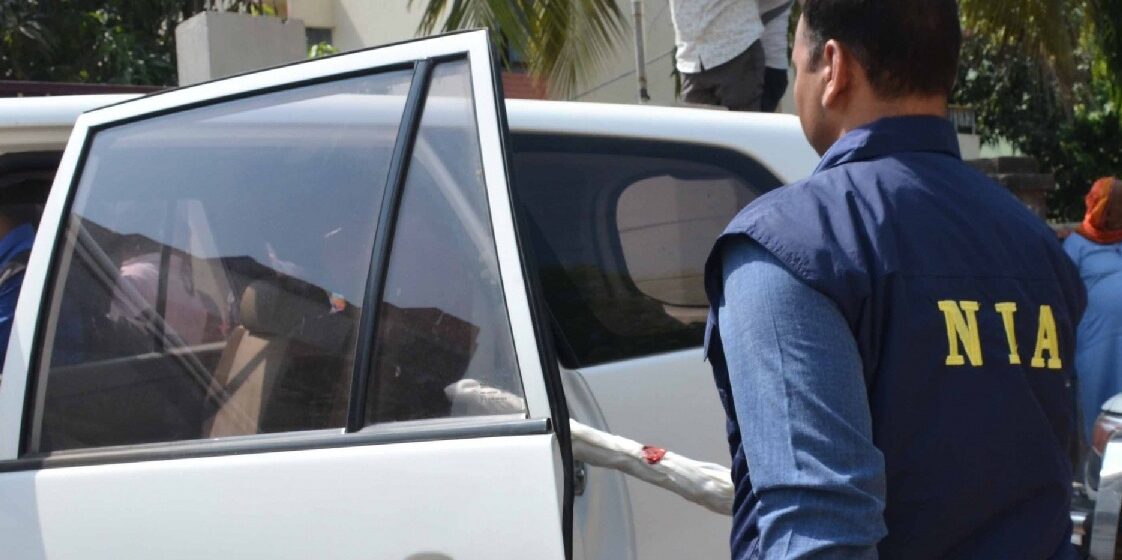On August 29, 2024, the National Investigation Agency (NIA) launched a high-profile operation that has revealed the existence of a massive Pakistani espionage network operating within India. The operation, which took place in July 2023, involved simultaneous raids across seven states, marking one of the most extensive investigations into espionage activities in recent years. This blog delves into the details of the operation, the evidence seized, and what it means for India’s national security.
Nationwide Raids: NIA’s Swift Action Against Pakistani Spy Network**
The NIA’s crackdown on the espionage network began with a series of coordinated raids on August 28, 2024. The agency targeted locations in Delhi, Uttar Pradesh, Rajasthan, Punjab, Madhya Pradesh, Maharashtra, and Bihar. The operation aimed to dismantle a sophisticated network suspected of leaking classified defence information to Pakistani handlers. This move highlights the NIA’s commitment to tackling cross-border espionage and protecting national security.
Key Evidence Seized: Phones, Documents, and Financial Records Uncovered**
During the raids, the NIA seized a significant amount of evidence crucial to the investigation. This includes several electronic devices such as mobile phones and laptops, which are expected to contain valuable data related to the espionage activities. Additionally, the agency recovered numerous documents and financial records that could provide insights into the financial transactions between the suspects and their Pakistani contacts. These items are currently undergoing forensic analysis to extract and verify the information.
The evidence gathered is anticipated to shed light on the operation’s structure, including how the network was financed and the nature of the classified information exchanged. The forensic analysis of these devices and documents will be pivotal in connecting the dots and identifying key players within the espionage ring.
#### **Implications for National Security: How the Espionage Network Operated**
The Pakistani espionage network uncovered by the NIA has far-reaching implications for India’s national security. Preliminary investigations indicate that the network was designed to infiltrate Indian military and defense sectors, aiming to collect sensitive information that could undermine India’s strategic interests. The suspects, allegedly recruited and funded by Pakistani intelligence agencies, were tasked with leaking critical data in exchange for monetary rewards.
The operation highlights several vulnerabilities in India’s counterintelligence framework and underscores the need for enhanced security measures. It also calls for a reassessment of existing protocols to safeguard sensitive information and prevent future breaches.
#### **Challenges and Future Steps in the Investigation**
The NIA faces several challenges as it continues to investigate the espionage network. One of the main tasks is to fully analyze the seized evidence to uncover all aspects of the network’s operations. This includes tracking the flow of funds, understanding the communication channels used by the suspects, and identifying any additional individuals involved in the espionage activities.
Moreover, the investigation will require close collaboration with other intelligence agencies and international partners to address the cross-border nature of the espionage network. The NIA’s goal is not only to apprehend the culprits but also to strengthen India’s counterintelligence capabilities to prevent similar incidents in the future.
A Wake-Up Call for Enhanced Counterintelligence**
The recent operation by the NIA serves as a critical wake-up call regarding the threats posed by espionage activities. The exposure of a large-scale Pakistani espionage network underscores the need for vigilance and proactive measures in protecting national security. As the investigation progresses, it is essential for India to reinforce its counterintelligence strategies and remain alert to emerging threats.


Leave a Reply